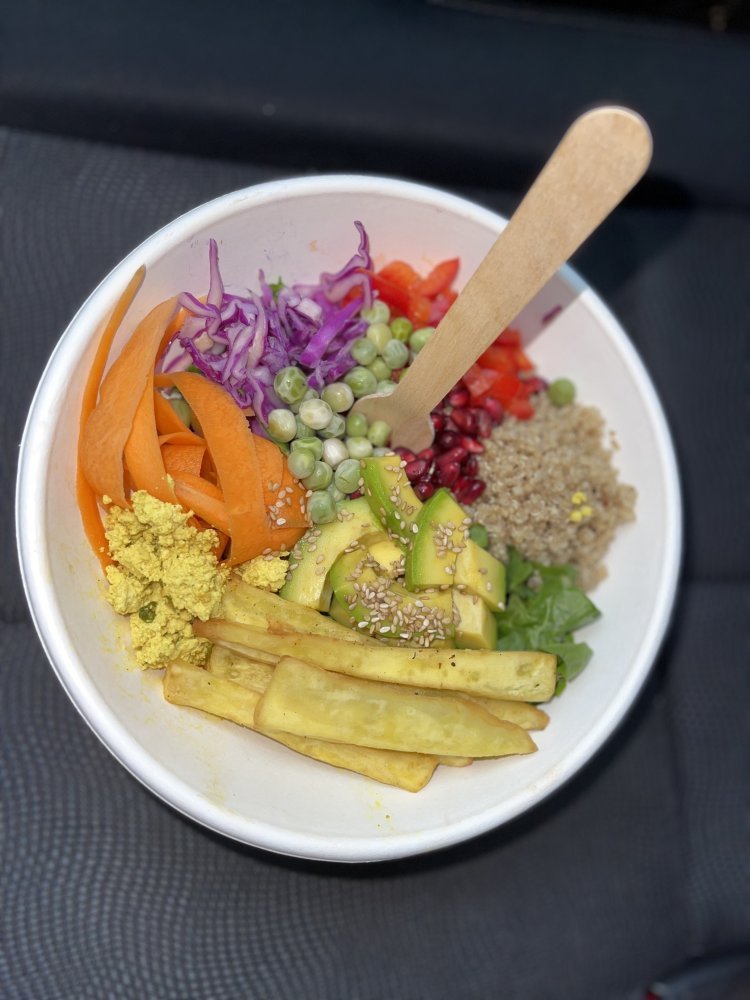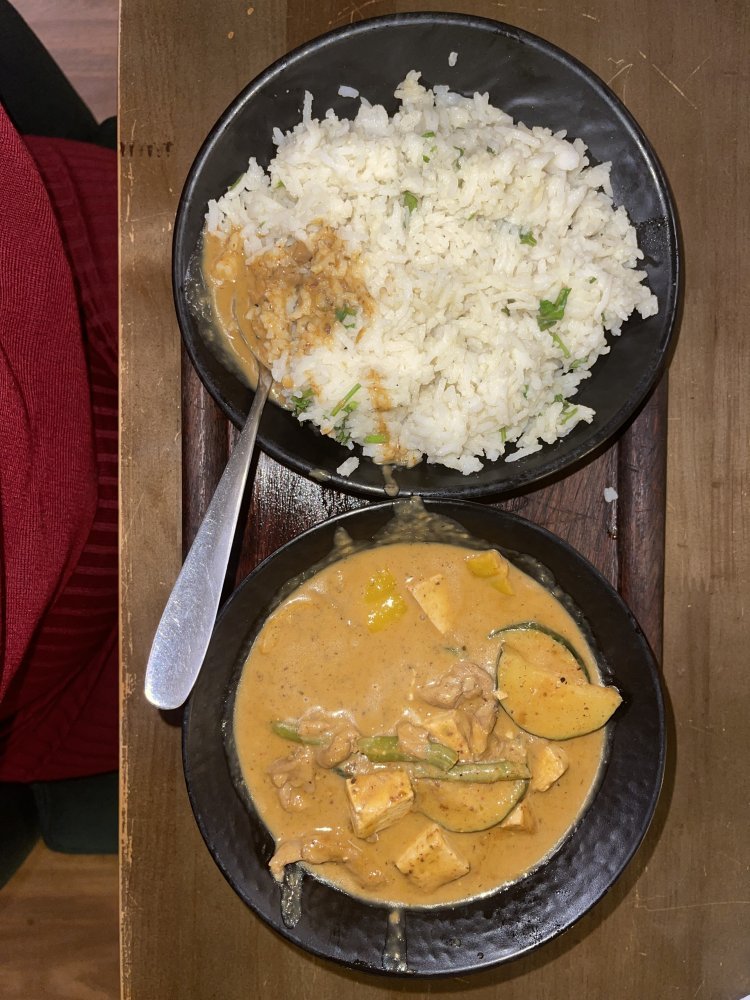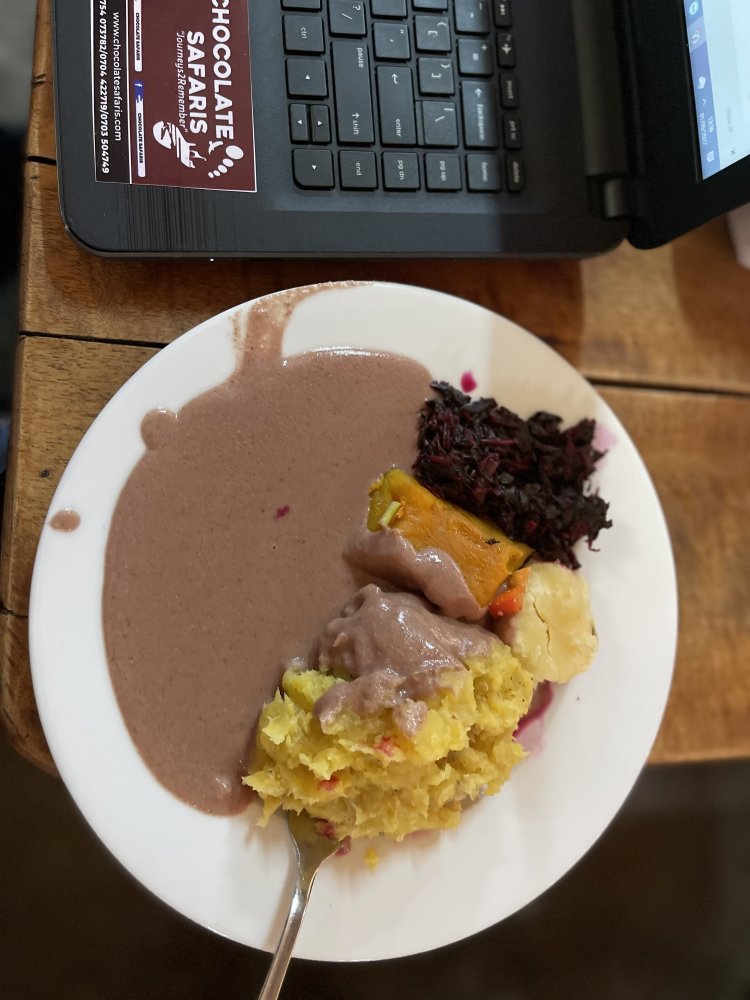Can a vegan diet be healthy? What about the relevancy of veganism to the environment and animals?
There’s overwhelming evidence that a well-constructed vegan diet is one of the healthiest ways to nourish your body. Unfortunately, negative myths about plant-based diets persist; some of them deter people from trying, while others lead people to go about the transition in unhealthy ways. In this article, we’ll explore vegan myths and facts, so you can make an informed decision about reducing or eliminating animal products from your diet.

A plant-based diet that incorporates a variety of whole foods and that utilizes a few specific supplements can be a safe, healthy, affordable, and delicious choice.

Humans have long believed weird and untrue things about food. When Europeans first encountered tomatoes, many believed they were poisonous. The British Royal Air Force Air Command during World War II spread the rumor that carrots magically allow you to see in the dark in order to explain their nighttime successes without revealing the truth about their new radar navigation system. And, as we discovered in 1969, the moon is not in fact made of cheese.
While we’ve come a long way, there are still food myths that persist in the popular imagination, despite having been soundly debunked. In this article, we’ll look at five vegan myths that keep people from adopting plant-based diets, or keep them from succeeding when they do.
The Rise of Plant-Based and Vegan Diets
More and more people are going plant-based and veganevery year, swapping out animal products for plant-based options. New and existing brands are debuting plant-based alternatives to meat, dairy, and even eggs — and curious consumers are eating them up, literally.
There’s plenty of evidence that plant-based diets offer myriad benefits to your energy, mood, physical appearance, and overall health. Not just from dry scientific papers, either — many beloved celebrities credit veganism for their well-being and happiness and aren’t afraid to share their views with their fans.
Yet despite all this progress and positive press, veganism and plant-based eating have yet to reach mainstream acceptance. A lot of people really like the taste of meat and don’t want to give it up. Cultural and family traditions may call for ingredients that vegans don’t consume. And many people may not know how easy it can be to create healthy, plant-based versions. Maybe someone tried a soy burger from the 1980s and is still trying to get the taste out of their mouth.
Many people would probably try out a vegan or plant-based diet happily except for a few still-pervasive myths. These myths about veganism are spread by word of mouth, shared online, and in books, often with the help of misinformation campaigns funded by industries that stand to lose market share if more people give up meat, eggs, and dairy. And these food myths can keep folks from making the switch to a plant-based diet, or scare them into giving up before they experience the benefits for themselves.
Before I get to the top myths about going plant-based or vegan and uncover the truths about this way of living, let’s just remind ourselves of the truth — that going vegan can be good for your health, the environment, and the animals whose lives depend on our mercy.

Benefits of a Vegan Diet
Going Vegan for Health
First, a plant-based diet, followed correctly, provides many health benefits. Studies show that vegans typically enjoy a lower risk of chronic disease, healthier weight, and a longer life expectancy than omnivores.And the benefits are much greater when the diet is not just vegan, but whole foods, plant-based (minimizing processed foods like white flour, sugar, and certain oils, and eating lots of fruits and vegetables, whole grains, nuts, seeds, and legumes).
Among the conditions that are preventable or treatable with a whole foods, plant-based diet are cardiovascular disease, type 2 diabetes, and Alzheimer’s disease, as well as some cancers, autoimmune diseases, and digestive ailments. The legendary Blue Zones, communities in which astounding percentages of the population live unimpaired into their 90s and even 100s, also all feature predominantly plant-based diets.
Going Vegan for the Environment
Second, a plant-based or whole food vegan diet is good for the environment. By choosing to eat low on the food chain, you can decrease your food-related carbon footprint and thereby reduce your contribution to greenhouse gas emissions and global climate chaos. Because producing calories from plants is vastly more efficient than getting them from animals, plant-based agriculture uses much less water, land, and chemical inputs overall, and results in far less pollution.
Over one-quarter of all ice-free land on the planet is used for animal agriculture. Much of that land is former forestland, converted to pasture or grain fields to feed cattle. Agricultural runoff directly tied to animal farming has created massive dead zones in the world’s oceans. Increased levels of CO2 and higher temperatures in these waters result in more greenhouse gas buildup in the atmosphere and also contribute to mass die-offs of marine species. You can choose not to contribute to these calamities by eating plants instead of animals.
Going Vegan for Animals (& Humans)
Third, going plant-based gives you the ability to opt-out of the industrial animal farming system, in which billions of sentient beings are kept in conditions that deny them their instincts and their lives. Historian Yuval Noah Harari has called the mass suffering inflicted on these creatures by industrial animal agriculture “one of the worst crimes in history.”
And even if you aren’t an animal lover, a visit to a feedlot, industrial chicken coop, or slaughterhouse will quickly show you that the humans who labor in the factory farm system are also victims. From exposure to dangerous pathogens to repetitive strain injuries to industrial accidents, slaughterhouse and factory farm workers (who are typically from marginalized communities, often undocumented, poorly paid, and with few options available to them) get sick and injured at shocking rates.
By shifting your diet away from animals and toward plants, you vote with your dollars for a kinder, more ethical world for livestock animals and your fellow humans.
Top 5 Vegan Diet Myths
Even with all those reasons to adopt a plant-based or vegan diet, you may still find yourself wondering if it’s a good idea based on things you’ve heard. Things like, “You’ll become protein deficient,” or “If veganism was healthy, you wouldn’t need to supplement,” or “Soy milk and tofu are full of estrogen.” So let’s examine the top five vegan myths, and see what the evidence shows.
1. You can’t get enough protein on a vegan diet
The truth is that most people in the industrialized world consume more protein than they need. It’s actually pretty hard to design a diet that’s protein deficient as long as you’re eating real food and getting enough calories overall.
Also, eating too much protein isn’t harmless. While your body is able to store carbohydrates and fats for later use, you have no mechanism to store excess protein. Your kidneys have to process whatever protein you don’t need for repair, replacement, or growth. Research shows that longtime adherence to a high-protein diet can damage your kidneys. But not all protein, actually. Protein from animal sources can lead to chronic kidney disease, while protein from plants appears benign.
This directly contradicts the main protein myth, that you need to eat animals in order to get enough protein. The myth comes in two flavors. One is that animals contain sufficient protein and plants do not. The other is that while plants do have protein, it’s either incomplete or of inferior quality compared to animal protein.
So what does the evidence say about either of those claims? You guessed it — they’re totally incorrect.
Protein Needs
First, how much protein do we need? That’s a complicated question to answer for an individual, depending on lifestyle, activity levels, sex, age, health status, and more. Children and those over 60 years old need more, as do athletes and pregnant or breastfeeding people.
But on average, the recommended dietary allowance (RDA) for protein is 0.8g per 1 kg of body weight (at least in the US). If you aren’t into the metric system, you can find your daily RDA in grams by multiplying your weight in pounds by 0.36 if your requirements are low, and up to 0.45 if you have a very demanding lifestyle. For example, a mostly sedentary 160-pound man should aim for roughly 57g of protein per day.
And the RDA isn’t an average number, either. It’s calculated to provide enough protein for 97.5% of the population, which means that for many people, it’s significantly more than they need.
All plants, as well as mushrooms, contain protein. Here’s how many grams per half cup of some common plant foods:
- Firm tofu (from soybeans): 10 g
- Lentils, cooked: 8.9 g
- Spaghetti: 4 g
- Spinach, cooked: 2.7 g
- Broccoli, cooked: 2 g
- Banana: 1.3 g
- Potato, baked: 1.2 g
Those numbers may seem low compared to similar-sized portions of meat, but these plant foods are also very low in calories. If all you eat in a day is half a cup of each of those 7 foods, for example, you’ll end up getting 30g of protein in just 518 calories. If you aim to consume 2,000 calories per day of similar quality, you’ll be in the neighborhood of 120g of protein, which is way more than most people need.
Protein Quality
Second, what about protein quality?
The incomplete protein myth (which argued you have to pair certain plant foods together at the same meal to prevent amino acid deficits — for example, beans and rice) has been thoroughly debunked.
There are nine essential amino acids, ones our bodies can’t metabolize and therefore must get through food. And every plant food contains all nine amino acids — no combining required.
It’s true that some plants are lower than others in certain amino acids. The most common limiting amino acids in plant foods include methionine, lysine, and tryptophan. For instance, some cereals and legumes have only small concentrations of lysine. Soy foods, on the other hand, are a good source of lysine.
The answer isn’t to make sure you consume tofu and rice on the same plate; your body doesn’t work according to such an urgent timetable. Instead, all you have to do to get all the essential amino acids is to eat a balanced diet that incorporates a variety of types of plant foods. Your body takes care of the rest.
Plant-Based Protein Sources
Some of the best sources of protein on a plant-based diet include:
- Soy: tofu, tempeh, edamame
- Beans
- Peas
- Lentils
- Quinoa, amaranth, and oats
- Nuts and seeds
- Green vegetables
So what does getting enough protein on a plant-based diet look like in everyday life? Here’s an example daily plant-based menu with protein content:



































